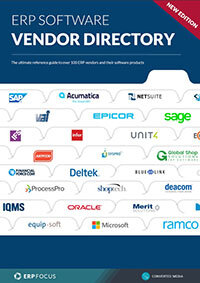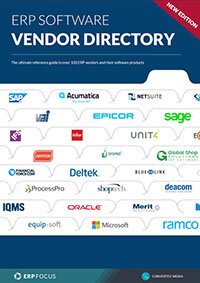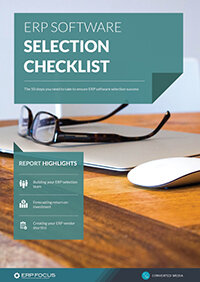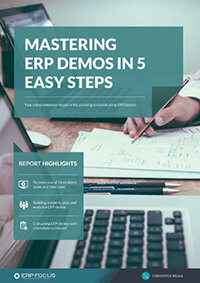ERP and HRMS integration in the mobile era
In the beginning there was stand-alone client/server on-premise ERP, and it was good. Then the data-driven business value was enhanced by hybrid systems, the advent of active data-centers, push/pull mobility, and ultimately the emergence of THE CLOUD, and its own myriad operational opportunities.
However, over time that complex morphed again to include mobility-adapted Human Resources Management Systems (HRMS), and suddenly ERP didn’t necessary mean ERP anymore, but instead, it became mobile HRMS ‘integrated’ with ERP, because after all, people should come first – right?
Having had enough exposure to ‘new and improved’ technology over 40+ years I’ve pretty seen everything worth seeing, regardless of how it’s spun by clever salespeople. At the end of the day, data is still data, software systems still manipulate, deliver and store data-derived products, and most importantly, security therein should be expected to be secure; which is where the rubber really hits the road in this article.
Recommended reading: find ERP vendors that allow for HRMS integration with our completely up-to-date ERP vendor directory.
Integration and security
There’s a problem with mobile HRMS ‘integrated’ with ERP; it ain’t particularly secure; never has been, and given the way global business evolves, it’s likely that it never will be in an absolute sense. Consider this when selecting a new system for a moment, since in simple terms, mobile systems receive, transact, deliver and storage data through thin air. To get data from ‘here to there’ multiple transceiving, repeating, and/or switching components handle and push data streams from point-to-point.
Unfortunately, and particularly during the last eight years, sophisticated data hacks have multiplied for a host of reasons, but largely due to the intrinsic use of mobility as a universal operating tool. This of course particularly applies directly to the selection of HRMS that directly interact with ERP systems, due to the highly personal nature of the data they deal with.
Signal strength issues
To begin, as a selection manager you really aren’t going to be able to do anything the reliability of mobile communications chain, since you’re always going to be at the mercy of your telecommunications provider.
This means that if their signal security is solid you’re probably going to be okay, but if you’re not sure in the case of one system brand or the other, you should protect yourself by only accepting product candidates that showcase rigid security at the front and back of a particular HRMS/ERP platform.
Guarantee that a field forces users to clearly apply enterprise policies associated with proper mobile security associated with password and authentications. Passwords should always include numbers and mixed-case symbols, along with the acceptance of long esoteric words or phrases that only a particular user might know. Field lengths should accommodate long word strings (15 – 30 characters). In this case, if a particular system won’t allow for enough password space, discard it and only consider systems that do.
Security considerations
Next, candidate systems should allow for mobile user password changes on the fly. The point here is to ensure users should be able to secure his/her password on-demand. This is no joke, since more than 30% or more of all hacks occur due to bad guys sussing out user passwords due to lax personal security habits, or again, the application of weak word construction.
On the back side of the HRMS/ERP mobile platform pipe, the same security regimes should apply, along with the additional introduction of end-to-end encryption if possible. Again, these constraints may appear to be a bit balky to deal with, irritating, and even scary at the selection level, but it’ll still be better, rather than accepting a security-weak product that allows for the potential of information in the wind where everyone can see, or work against, in a competitive sense.
Free white paper

ERP Software Vendor Directory
Put the most comprehensive ERP vendor directory on your desk today

Featured white papers
-

ERP Software Pricing Guide
Get the latest pricing information on over 80 popular ERP systems, and learn how to budget for your ERP project in our free guide
Download -

60-Step ERP Selection Checklist
Get the comprehensive checklist for your ERP selection project
Download -

ERP Demo Guide & Scorecard
Master your ERP demo with 5 easy steps using our free guide (includes demo scorecard)
Download
Related articles
-

Nine signs you need an eCommerce ERP integration
A guest blog from Brightpearl discussing eCommerce ERP and integration
-

Secret KPI: Why Your ERP Implementation Team Matters More Than Software
Learn how Godlan ensures successful ERP implementation for manufacturers with proven strategies &...
-

The best ERP systems for process manufacturing
Consider these ERP systems when selecting your next process manufacturing ERP

